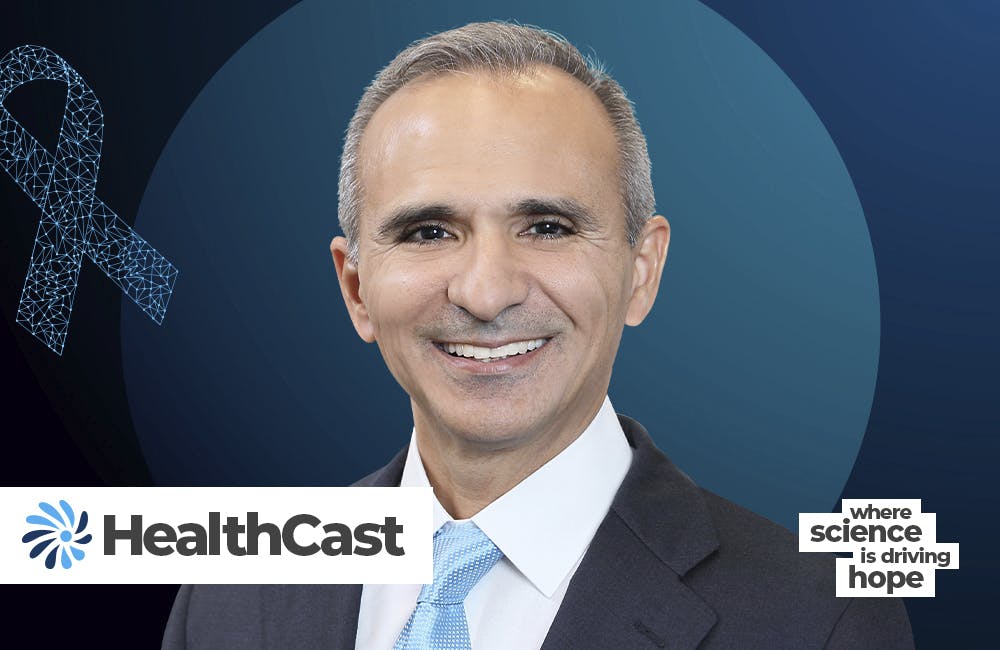DAV Policy Chief Talks Future Priorities Amid PACT Act
The organization played a lead role in the lead up to the PACT Act. Now it is eyeing veteran suicide prevention and infrastructure modernization.

On the heels of the recently passed PACT Act that funds benefits for veterans exposed to toxins during war, policy leaders are calling attention to other legislation that can have meaningful impact in other facets of veterans lives — especially in the effort to reduce and prevent veteran suicide.
“We’re fighting like hell on our No. 1 clinical priority, and that’s preventing veteran suicide,” Department of Veterans Affairs Secretary Denis McDonough said at Disabled American Veterans (DAV)’s national convention in Orlando Tuesday. “More than 6,000 veterans died by suicide in 2019. It’s devastating, it’s unacceptable, and it’s why this work is so critical. … Suicide prevention is possible, and there is hope.”
Suicide prevention is a critical issue among veterans as suicide rates are typically higher than those in non-veteran populations. It’s also an issue that spans more broadly as Congress is looking to improve the country’s national mental health infrastructure, response protocol and resources as mental illness challenges continue to rise.
“[Recent suicide-prevention legislation] — that is trying to look at new ways to see what we can do differently. I think everybody’s really eager to see if this is going to work, where they’re really looking at the upstream risk factors that get people into a place where they’re in distress, in crisis, and unfortunately, take their lives,” DAV National Legislative Director Joy Ilem told GovCIO Media & Research in an interview Sunday.
DAV was one organization that had played a major role in moving specifically the PACT Act to the finish line early on, Ilem said, adding that it was a DAV employee who drew attention to all the health impacts from burn pits, and that led to the creation of a burn pit registry.
“One of the barriers was that you weren’t just presumed to have been exposed if you served in one of these areas where there was a burn pit. That was the first hurdle. VA knows where the burn pits were. So, if you serve there, it should be conceded you were exposed to toxins,” Ilem said. “DAV was really instrumental in doing the deep dive, doing the research, trying to put together the argument of why these other diseases should be added.”
As DAV continues to focus on other issues impacting veterans, including suicide prevention, the work that led to the PACT Act’s passage through Congress could serve as a model for other policies.
“There really needs to be rules in place, where VA needs to make a decision on these when the evidence is shown as such. They’ve got a certain amount of time to either make it by regulation … or we’re going to have to go to Congress to draft legislation that’s going to then mandate it and make it statutory, like some things in the PACT Act,” Ilem said.
Tackling suicide in general is difficult because, unlike exposure to burn pits and then correlative health impacts, suicide risk is more subtle. Risk factors for suicide in veterans could include anything that creates a sense of hopelessness, including the loss of a loved one, a job or housing.
Ilem said that VA is incorporating a lot techniques like advanced data analytics to help identify veterans who are at highest risk.
“This is the newest initiative to really say, ‘What can we do to look at the upstream risk factors, and really put our attention there?’ And making sure then that we give them the support around those things that can really cause distress,” Ilem said. “Identifying those factors early, trying to get those things resolved, making sure they get into a program, not just for getting the mental health that they need, but getting the services they need to resolve that issue.”
Another critical area of suicide prevention involves counseling on safe storage practices of firearms, Ilem said. VA’s National Veteran Suicide Prevention report found that firearms accounted for 70.2% of veteran suicides among men in 2019, up from 69.6% in 2018, and 49.8% of veteran suicides among women in 2019, up from 41.1% in 2018.
However, complicating this counseling service is the reluctance many veterans have in openly discussing the topic.
“One of the things that we were all passionate about is trying to help relieve the stigma that has occurred for veterans in the misconceptions around lethal means safety,” Ilem said, adding that VA is taking this area seriously. “We’re not trying to take your guns away, but what we are trying to do is have a safety plan in place.”
VA is also looking at synthetic data, which is in use in several VA programs, and how it can help get ahead of some of these concerns by providing scalable and interoperable analytics on suicide risk and prevention.
“As [VA] continues with their genome project, Million Veterans Program, and they connect that with their abilities to analyze data and do analytics — which are incredible — with highest risk because it’s so hard to know when someone’s at that point where you should really be worried,” Ilem said. “Collecting the data and doing the research makes the education piece.”
As for next steps from the PACT Act, which President Biden is expected to sign Wednesday, DAV is gearing up its outreach to inform veterans of these new benefits and how to follow through to receive them.
“There’s always the person that is disconnected — they’re not watching the news, they haven’t heard of the PACT Act, they have no idea — and they may be the person that needs it and would be eligible for the benefit right now,” Ilem said.
DAV also will be targeting the Asset and Infrastructure Review (AIR) Act, which aims to create a new, one-time process to design, approve and implement a long-term plan to modernize and realign VA’s health care infrastructure.
“This is one of those big issues. It’s just massive,” Ilem said. “We’ve tried to talk to our membership about this. … It never moves forward because it becomes political, and it falls apart. We get it. If that’s your only facility, the last thing you want to hear is, ‘We’re closing.’ … We’ve told VA, instead of saying we’re going to close this, what are you going to rebuild?”
Most importantly, Ilem noted that older, outdated facilities do not have the capacity to run and maintain modern equipment.
“That will probably be one thing we’ll be talking about that we want to try to make a big push and run on because it’s just going to keep growing,” Ilem said.
This is a carousel with manually rotating slides. Use Next and Previous buttons to navigate or jump to a slide with the slide dots
-

NCI Program Unlocks Emerging Proteomic Data to Advance Precision Medicine
Researchers say sharing molecular cancer research data can expand cancer treatment and care.
32m listen -

Cyber Resilience and Recovery Amid Evolving Cyber Threats
Data durability is a key aspect of NIST’s cybersecurity framework for public and private organizations.
21m listen -

Energy Researchers Aim For Holistic Approach to AI Issues
A new center at the Oak Ridge National Laboratory is looking at under-researched areas of AI to better understand how to secure it.
2m read -

How Agencies are Upskilling the Workforce in AI
Federal officials are putting in place new training and education methods to ensure its overall workforce understands the technology.
3m read








